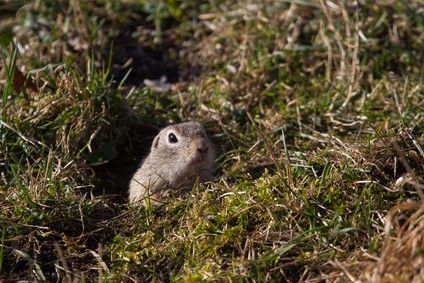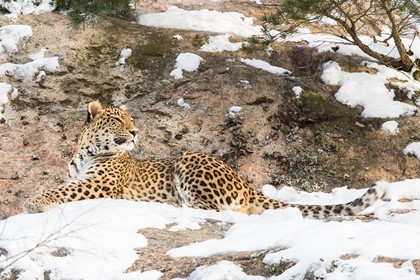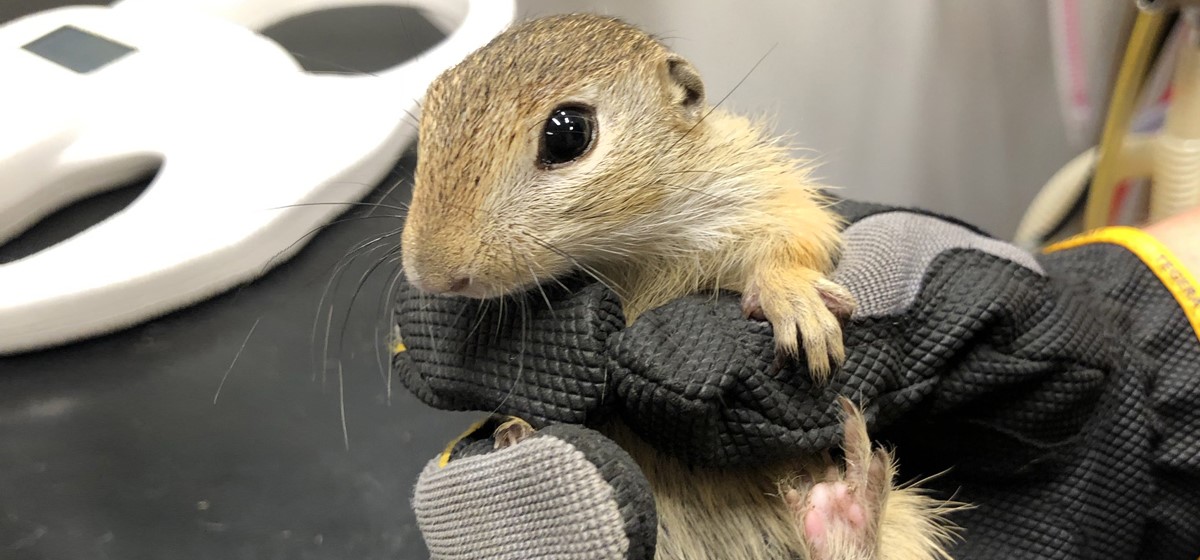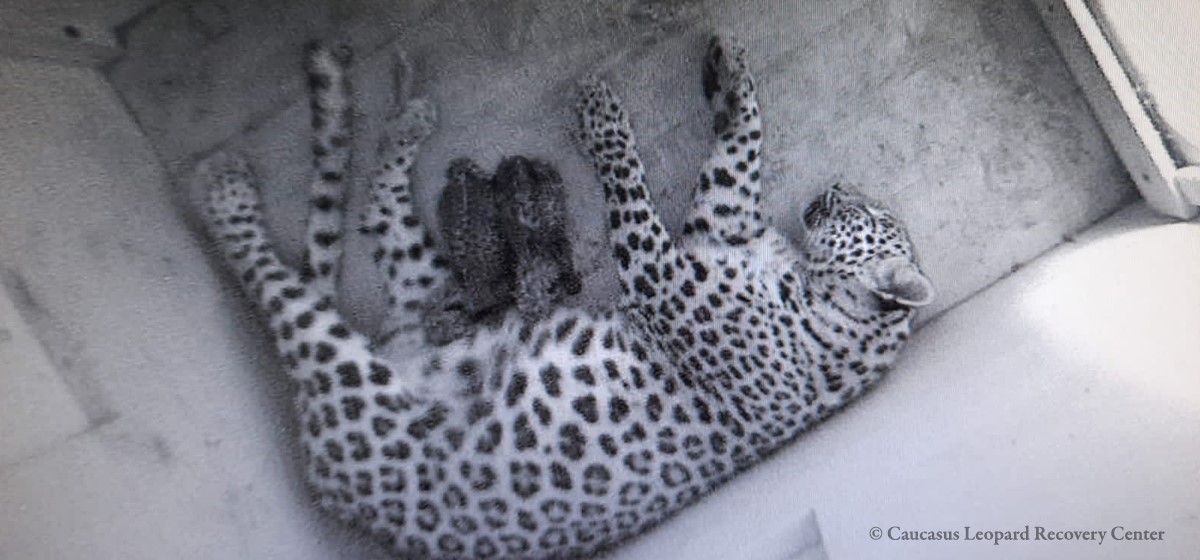Other global conservation efforts
Nordens Ark’s conservation work encompasses small projects as well as the larger ones.
European ground squirrel
Spermophilus citellus
The European ground squirrel is one of Europe's most endangered mammals. The species lives on the grasslands of central and southeastern Europe. Until the 1950s, the ground squirrel was common, but as the steppe lands were cultivated and the proportion of grazing animals which keep the landscape open also decreased, large parts of the ground squirrel's habitat also disappeared. Today, they live on golf courses, playgrounds, airports, campsites and small scale plantations - areas where they are rarely very welcome. This has led to the species being listed as critically endangered on the international red list and in need of active conservation efforts to save it. To preserve the species, active release projects are underway in several different countries around Europe. To help re-establish the species within its former distribution area, Nordens Ark annually sends young ground squirrels born in the park to a release project in the Czech Republic.
Please read more about the project on their website

Persian leopard
Panthera pardus saxicolor
The Persian leopard is the largest of all subspecies of leopard and originates from Asia. At the beginning of the 20th century, the subspecies was common along the Caucasus, but due to increased human impact, it has decreased drastically in number since the 1950s. The Persian leopard is today a highly endangered feline where the main population of 550–800 individuals is found in the Iranian mountains as well as a few small isolated populations in Afghanistan, Turkmenistan and Armenia. In Russia, the Persian leopard is considered extinct with fewer than ten individuals left in the wild, and there is no hope that the population will be able to rebuild itself. Therefore, in 2009 a world-unique release project for the Persian leopard was started in the Russian Caucasus with the help of zoo-born individuals and cared for wild-born individuals. A breeding and planting center was built in Sochi National Park where leopards are trained to survive in the wild. In 2020, Nordens Ark sent a breeding pair of Persian leopard to a breeding facility in Sochi National Park, where they are part of the work of re-establishing a population of Persian leopard in the Russian Caucasus.
One of the previous cubs from this breeding pair has now been released into the wild. The breeding pair has also had new cubs during 2023, which will hopefully be released in a few years.




